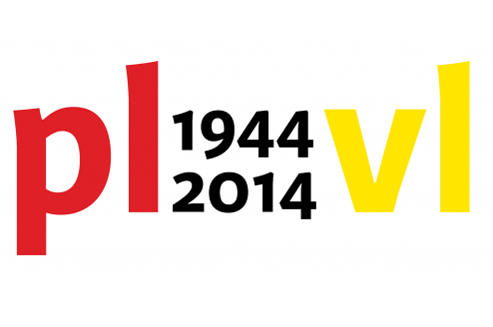On 6 September, on the 70th anniversary of liberation by Polish soldiers, celebrations commemorating the 1st Polish Armoured Division was held in the city of Ieper in Belgian Flanders. Ieper, more commonly known as Ypres, is a symbolic place, where some of the bloodiest battles of World War I were fought, and where mustard gas was extensively used for the first time. Its name – yperite – comes from the name of the city.
One day earlier, representatives of the Investment and Trade Promotion Section of the Polish Embassy did a presentation of contemporary Poland and its economy for local businessmen.
In September 2014, apart from official celebrations commemorating the events from 70 years ago, the people of Flanders will be able to attend screenings of contemporary Polish films, including “Ida,” “Walesa. Man of Hope,” “New Year’s Eve” and “Flying machine” as well as documentaries dealing with the topic of the liberation. They will also have the opportunity to listen to music performed by Polish artists: Mateusz Borowiak, prize winner of the Queen Elisabeth Piano Competition, the Janusz Prusinowski Trio band and Przemysław Kapituła, an organist.
Polish Days in Flanders will conclude on 28 September at the Polish cemetery in Lommel, with celebrations attended by the Representative Orchestra of the Polish Army. The necropolis is the resting place of 257 soldiers from the 1st Polish Armoured Division who died during fights with the Germans.
The 1st Polish Armoured Division was formed in 1942 in Scotland on the order of General Władysław Sikorski. In August 1944, the Division was composed of around 16,000 soldiers and 300 tanks. Under the command of Brigadier General Stanisław Maczek, it was transferred to Normandy, where it participated in fights as the vanguard of the Allied armies in northern France, Belgium, the Netherlands and Germany.
The Division became famous for their valour in the hard Battle of Falaise, which opened the Allies the way to Paris. On 6 September 1944, Division soldiers crossed the Belgian border in Abele and Westouter, and in the next 16 days drove the occupying forces from numerous cities and communes in Flanders: beginning with Ieper, followed by Roeselare, Tielt, Aalter, Gandawy, Lokeren, Sint-Niklaas and Beveren. After the liberation of Zeeuws-Vlaanderen, in early September, Polish soldiers crossed the border again to free Rijkevorsel, Beerse, Merksplas and Baarle-Hertog.
More information on the Polish Days in Flanders is available on the website of the Polish Embassy and the Polish Institute in Brussels
Source: Press Office of the Ministry of Foreign Affairs Republic of Poland


